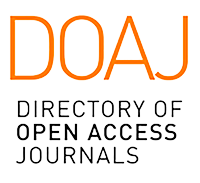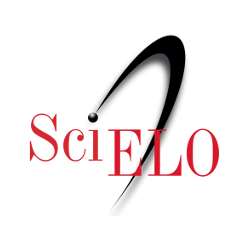Abstract
Huichol and Hopi speeches of pleasure, fertility and death connect a
heterogeneous set of elements that are projected within a well defined
semantic field. In this paper we examine the possible utility of putting in
analytical relation these conceptions with a set of enigmatic phallic
sculptures of the Chalchihuite culture, that in a splendid game of images
allude to the human body, the sexuality and the elements of nature. In
order to carry out the examination of some of the phallic representations,
we used three complementary planes of observation: geographic, historical
and social. These lines of observation were the iconographic study of a
phallic sculpture founded in Molino, Durango, that is represented carrying
a vulva, as well as the testimonies of Huichols and Hopis. The relation
with these indigenous societies was pertinent because they retake the
images of sexuality evoked by the Molino’s phallic sculptures to
adjudge them contemporary functions and means. Also, this comparative
methodologic exercise leaned in recent discoveries on the extension of the
Chalchihuite culture territory and its bridge function in the past for
ideological and material interchange between the cultures that inhabited
the Huichol mountain range in the south and the Pueblo region in the north.
Downloads
Download data is not yet available.

















